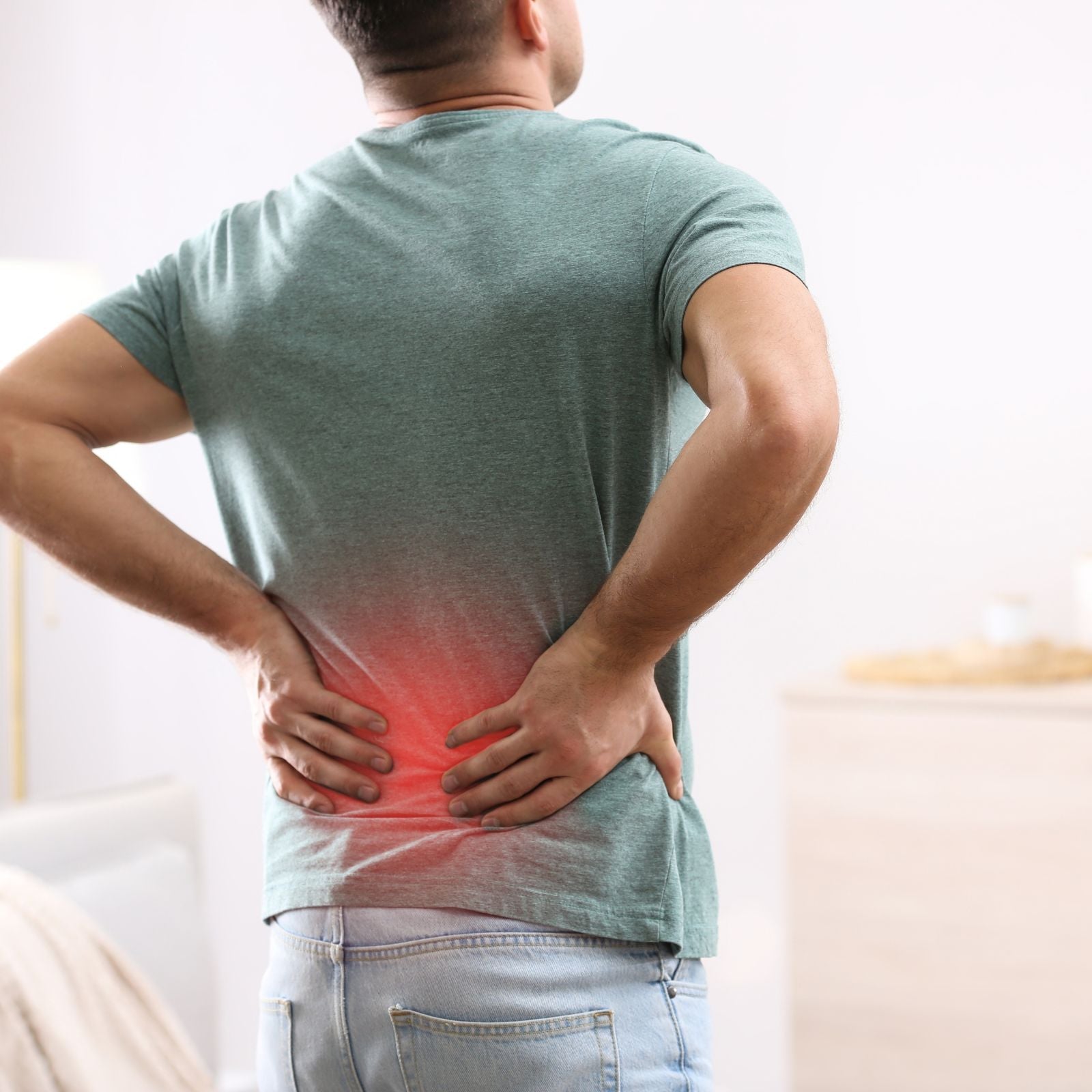Know the Difference: Sciatica vs. Arthritis Pain — And What Helps Each
Late winter in Aotearoa can be tough on sore bodies. Understanding what’s driving your pain helps you choose the right support — and move more freely.
What is Sciatica?
Sciatica isn’t a condition itself — it’s a symptom that occurs when the sciatic nerve (the longest nerve in your body) is irritated or compressed. This nerve runs from your lower back, through your hips and buttocks, and down each leg.
Typical signs of sciatica include:
• Sharp, shooting pain down one leg (sometimes both, but usually one side is worse)
• Tingling, pins-and-needles, or numbness in the leg or foot
• Pain that worsens with long sitting, bending, or twisting
• Discomfort ranging from mild to severe that may flare suddenly
Common triggers: herniated discs, tight piriformis muscles, spinal stenosis, or prolonged poor posture.
What is Arthritis?
Arthritis refers to inflammation in the joints — there are many types, but osteoarthritis and rheumatoid arthritis are the most common.
Typical signs of arthritis include:
• Aching or stiffness in one or more joints
• Swelling or warmth around the joint
• Reduced range of motion
• Symptoms that often feel worse in the morning or during cold, damp weather
Common triggers: age‑related wear and tear, autoimmune conditions, previous joint injuries, and genetics.
Key Differences
|
Feature |
Sciatica |
Arthritis |
|
Pain Location |
Follows the sciatic nerve path (lower back → buttocks → leg) |
Localised to one or more joints (knees, hips, hands, etc.) |
|
Pain Type |
Sharp, shooting, burning, or electric‑like |
Achy, stiff, sometimes with swelling |
|
Nerve Symptoms |
Tingling, numbness, weakness in leg/foot |
Rare (unless swelling presses on a nerve) |
|
Flare Triggers |
Sitting too long, twisting, heavy lifting |
Overuse, cold/damp weather, prolonged inactivity |
What Helps Each
Both conditions benefit from gentle movement and circulation, but some targeted approaches work best.
For Sciatica
• Gentle stretching of hamstrings, glutes, and the piriformis muscle
• Warmth to relax tight tissues
• Avoid long periods of sitting — stand and move every 30–45 minutes
• Apply Omrub to the lower back, hips, or buttocks to ease muscle tension and support easier movement
For Arthritis
• Gentle range‑of‑motion exercises to keep joints mobile
• Warmth to reduce stiffness and improve flexibility
• Low‑impact activity like swimming, cycling, or walking
• Apply Omrub directly to affected joints to help reduce discomfort and support ease of movement
Where Omrub fits in: Our customers tell us Omrub’s blend of organic plant oils and warming botanicals feels soothing and helps them get moving more comfortably — whether that’s calming tight muscles around an irritated sciatic nerve or easing the stiffness of arthritic joints. Many use it before activity to prepare, and after activity to settle flare‑ups.
Disclaimer: This article is general information only and isn’t a substitute for medical advice. If you’re unsure whether your pain is from sciatica or arthritis, consult a qualified health professional.


